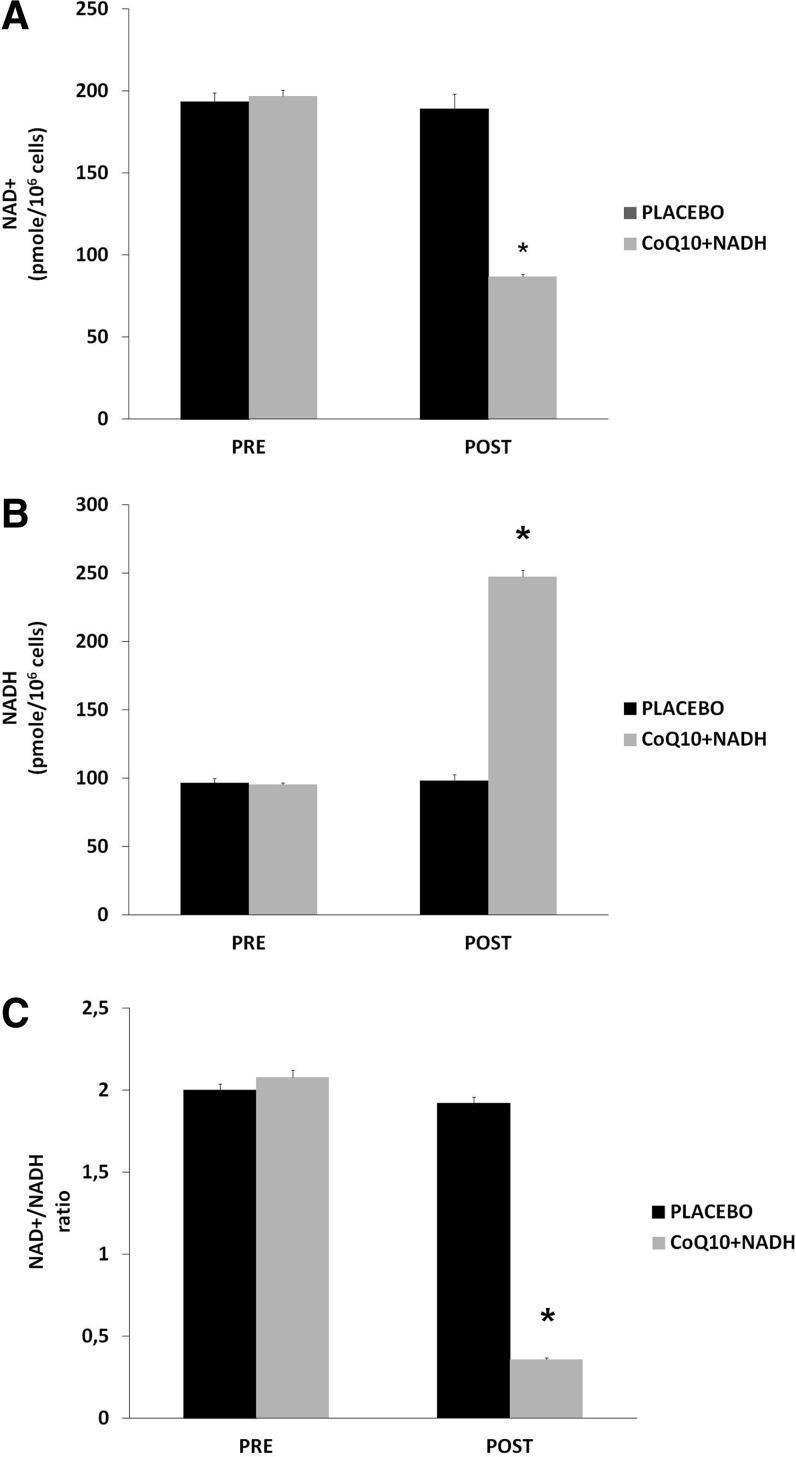Terma
Member
- Joined
- May 8, 2017
- Messages
- 1,063
Sup, I'm so damn short on time and sleep I forget important details that will matter to other people (not me, that's why I forget them) so I won't post for awhile and read instead. It gets tough to catch up on rest and do this at the same time.
@Travis looked at indoles, but I can't find much from him. Has anyone looked at this and if so where are the studies/results posted? Thanks
I think you can figure out what this appears relevant to. [Edit: ME/CFS; just realized that was kind of a d*ck thing to say in the context of that lol]
Oxindole - Wikipedia
Sci-Hub | Oxindole. Key Heterocycle Cores for Designing Multitargeting Molecules, 211–246 | 10.1016/B978-0-08-102083-8.00006-6
Synthesis and evaluation of oxindoles as promising inhibitors of the immunosuppressive enzyme indoleamine 2,3-dioxygenase 1
Sci-Hub | Pentacyclic Oxindole Alkaloids fromUncaria tomentosaInduce Human Endothelial Cells to Release a Lymphocyte-Proliferation-Regulating Factor. Planta Medica, 64(08), 701–704 | 10.1055/s-2006-957561
Protein restriction in hepatic encephalopathy is appropriate for selected patients: a point of view
Sci-Hub | The Chemistry of Oxindole. Chemical Reviews, 37(3), 443–479 | 10.1021/cr60118a003
https://www.researchgate.net/public...Their_Pharmaceutical_Significance-an_Overview
Oxindoles - an overview | ScienceDirect Topics
Sci-Hub | Peripheral and splanchnic indole and oxindole levels in cirrhotic patients: A study on the pathophysiology of hepatic encephalopathy. Digestive and Liver Disease, 41(3), A24–A25 | 10.1016/j.dld.2008.12.052
@Travis looked at indoles, but I can't find much from him. Has anyone looked at this and if so where are the studies/results posted? Thanks
I think you can figure out what this appears relevant to. [Edit: ME/CFS; just realized that was kind of a d*ck thing to say in the context of that lol]
Oxindole - Wikipedia
Oxindole (2-indolone) is an aromatic heterocyclic organic compound. It has a bicyclic structure, consisting of a six-membered benzene ring fused to a five-membered nitrogen-containing ring. Oxindole is a modified indoline with a substituted carbonyl at the second position of the 5-member indoline ring.
Oxindole is a tryptophan derivative and in human biology is formed by gut bacteria ("normal flora"). It is normally metabolized and detoxified from the body by the liver. In excess, it can cause sedation, muscle weakness, hypotension, and coma. Patients with hepatic encephalopathy have been recorded to have elevated serum oxindole levels.[1]
Sci-Hub | Oxindole. Key Heterocycle Cores for Designing Multitargeting Molecules, 211–246 | 10.1016/B978-0-08-102083-8.00006-6
In this context, the authors have integrated its chemistry and synthetic strategies, naturally occurring oxindole alkaloids, and detailed pharmacological activities including anticancer, anti-HIV, antidiabetic, antibacterial, antioxidant, kinase inhibitory, AChE inhibitory, antileishmanial, β3 adrenergic receptor agonistic, phosphatase inhibitory, analgesic, spermicidal, vasopressin antagonists, progesterone antagonists, neuroprotection, and NMDA blocker activities of oxindole derivatives along with their structure–activity relationship has been discussed.
Synthesis and evaluation of oxindoles as promising inhibitors of the immunosuppressive enzyme indoleamine 2,3-dioxygenase 1
Indoleamine 2,3-dioxygenase 1 (IDO1) is considered as an important therapeutic target for the treatment of cancer, chronic infections and other diseases that are associated with immune suppression. Recent developments in understanding the catalytic mechanism of the IDO1 enzyme revealed that conversion of l-tryptophan (l-Trp) to N-formylkynurenine proceeded through an epoxide intermediate state. Accordingly, we synthesized a series of 3-substituted oxindoles from l-Trp, tryptamine and isatin. Compounds with C3-substituted oxindole moieties showed moderate inhibitory activity against the purified human IDO1 enzyme. Their optimization led to the identification of potent compounds, 6, 22, 23 and 25 (IC50 = 0.19 to 0.62 μM), which are competitive inhibitors of IDO1 with respect to l-Trp. These potent compounds also showed IDO1 inhibition potencies in the low-micromolar range (IC50 = 0.33–0.49 μM) in MDA-MB-231 cells. The cytotoxicity of these potent compounds was trivial in different model cancer (MDA-MB-231, A549 and HeLa) cells and macrophage (J774A.1) cells. Stronger selectivity for the IDO1 enzyme (124 to 210-fold) over the tryptophan 2,3-dioxygenase (TDO) enzyme was also observed for these compounds. These results suggest that the oxindole moiety of the compounds could mimic the epoxide intermediate state of l-Trp. Therefore, the structural simplicity and low-micromolar inhibition potencies of these 3-substituted oxindoles make them quite attractive for further investigation of IDO1 function and immunotherapeutic applications.
Sci-Hub | Pentacyclic Oxindole Alkaloids fromUncaria tomentosaInduce Human Endothelial Cells to Release a Lymphocyte-Proliferation-Regulating Factor. Planta Medica, 64(08), 701–704 | 10.1055/s-2006-957561
In the present study we show that pentacyclic but not tetracyclic oxindole alkaloids from Uncoria tomentosa (Willd.) DC. (Rubiaceae) induced EA.hy926 endothelial cells to release some yet to be determined factor(s) into the supernatant; this factor was shown to significantly enhance proliferation of normal human resting or weakly activated B and T lymphocytes. In contrast, proliferation of normal human lymphoblasts and of both the human lymphoblastoid B cell line Raji and the human lymphoblastoid T cell line Jurkat was inhibited significantly while cell viability was not affected. Tetracyclic oxindole alkaloids dose-dependently reduce the activity of pentacyclic oxindole alkaloids on human endothelial cells.
Protein restriction in hepatic encephalopathy is appropriate for selected patients: a point of view
Compared with meat-based protein, vegetable protein is poor in the sulfated amino acids methionine and cysteine, which are precursors of the mercaptans and indole and/or oxindole compounds which have been implicated in the pathogenesis of hepatic encephalopathy [30]
Sci-Hub | The Chemistry of Oxindole. Chemical Reviews, 37(3), 443–479 | 10.1021/cr60118a003
https://www.researchgate.net/public...Their_Pharmaceutical_Significance-an_Overview
Oxindoles - an overview | ScienceDirect Topics
Sci-Hub | Peripheral and splanchnic indole and oxindole levels in cirrhotic patients: A study on the pathophysiology of hepatic encephalopathy. Digestive and Liver Disease, 41(3), A24–A25 | 10.1016/j.dld.2008.12.052
Last edited:

